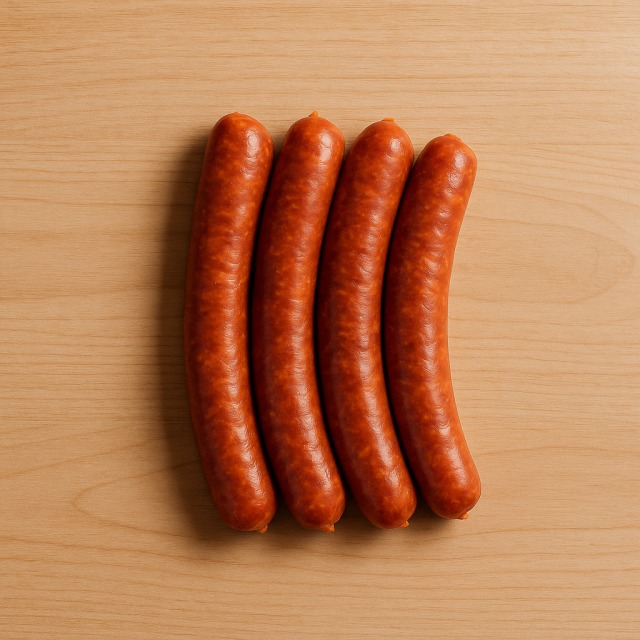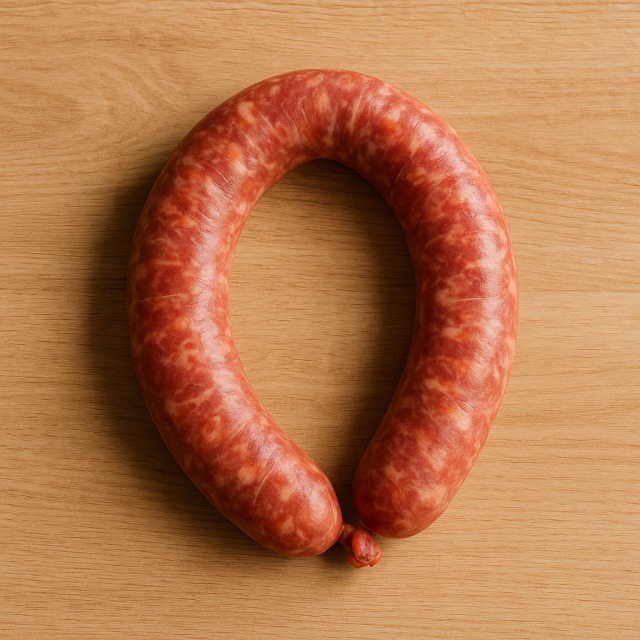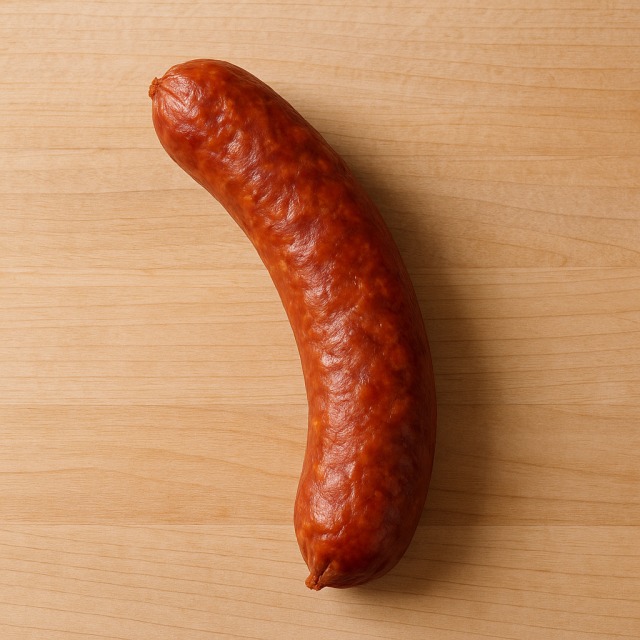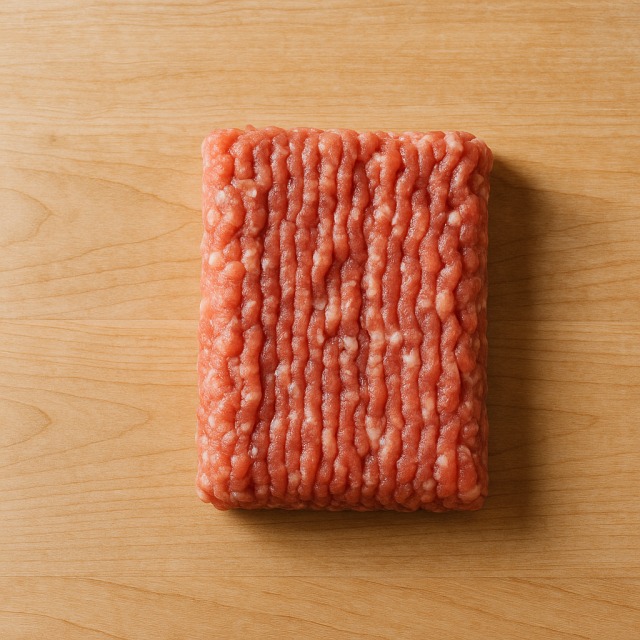Calorie Chart / Meat & Eggs / Chipolata
How Many Calories Are in Chipolata?
Calculation of the nutritional value & Recommended Dietary Intake of chipolata
For g and a calorie requirement of kcal
| Calories 197 kcal | Proteins 8.4 g | Lipids 18 g | Carbohydrates 0.4 g |
| 10% | 11% | 27% | 0% |
Health benefits of chipolata
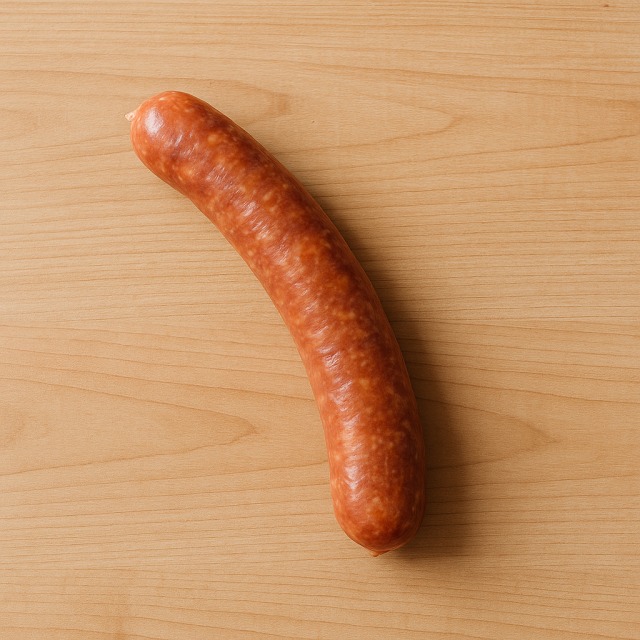
Chipolata - 100g
Calories 328 kcal
Proteins 14 g
Lipids 30 g
Carbohydrates 0.6 g
Chipolata is a high-calorie sausage: most of its calories come from the 30 g of lipids that give it flavor and juiciness. When people search for "chipolata calories," they discover a dense energy source that can quickly raise daily calorie intake if portions are not controlled. Those calories are balanced by 14 g of complete proteins that supply essential amino acids for muscle repair, making each bite more than empty calories.
Beyond calories, chipolata supplies heme iron, zinc, selenium, and B-group vitamins such as B1, B3, and B12, which support oxygen transport and nervous system function. These nutrients can be useful for athletes who monitor calories but still need micronutrients for recovery. Originating in France and Italy, the thin format was historically designed to cook rapidly over embers; grilling helps melt part of the fat, slightly lowering final calorie content compared with frying. While no significant content of carbohydrates or fiber is present, its savory profile lets it pair well with low-calorie vegetables to balance overall meal calories.
Tips for incorporating chipolata into a balanced diet
Because chipolata adds concentrated calories to a plate, combine it with generous portions of non-starchy vegetables to keep total calories in check. Try threading pieces with bell pepper and onion on skewers, then grilling: you obtain color, flavor, and fewer calories per forkful. A classic summer idea is chipolata served alongside a Provençal ratatouille; the dish adds fiber and antioxidants without many calories.
If you crave starch, swap fries for a scoop of brown rice or a spoonful of lentils; these sides provide complex carbs and protein with moderate calories, helping to even out the higher chipolata calories. In winter, bake the sausages on a sheet pan with diced zucchini and pumpkin; the vegetables absorb flavor yet keep the meal's calories lower than a cream-based casserole. Remember to blot excess fat after cooking: every teaspoon removed shaves roughly 40–45 calories from the final plate.
Frequently Asked Questions
- How many calories are in chipolata?
- There are 328 kcal per 100 g.
- Are chipolata calories lower when grilled rather than pan-fried?
- Yes. Grilling lets some fat drip away, trimming calories by 10–15 % compared with pan-frying, where melted fat is reabsorbed.
- How do chipolata calories compare with merguez or andouille sausage?
- A typical merguez delivers about 270–300 kcal per 100 g, while andouille can exceed 350 kcal. Chipolata calories sit in the middle of this sausage spectrum.
- Can I include chipolata calories in a weight-loss plan?
- Yes, if you budget your daily calories carefully: limit to one link (≈60 g), pair with plenty of vegetables, and offset those calories by reducing fats elsewhere in the day.
- What nutrients come with chipolata calories?
- Alongside its calories, chipolata provides complete proteins, heme iron, zinc, selenium, and B-vitamins, which are useful for muscle maintenance and immunity.
Similar foods
Information provided by Calorie Menu may contain inaccuracies or errors. It cannot, under any circumstances, substitute medical advice or medication.
